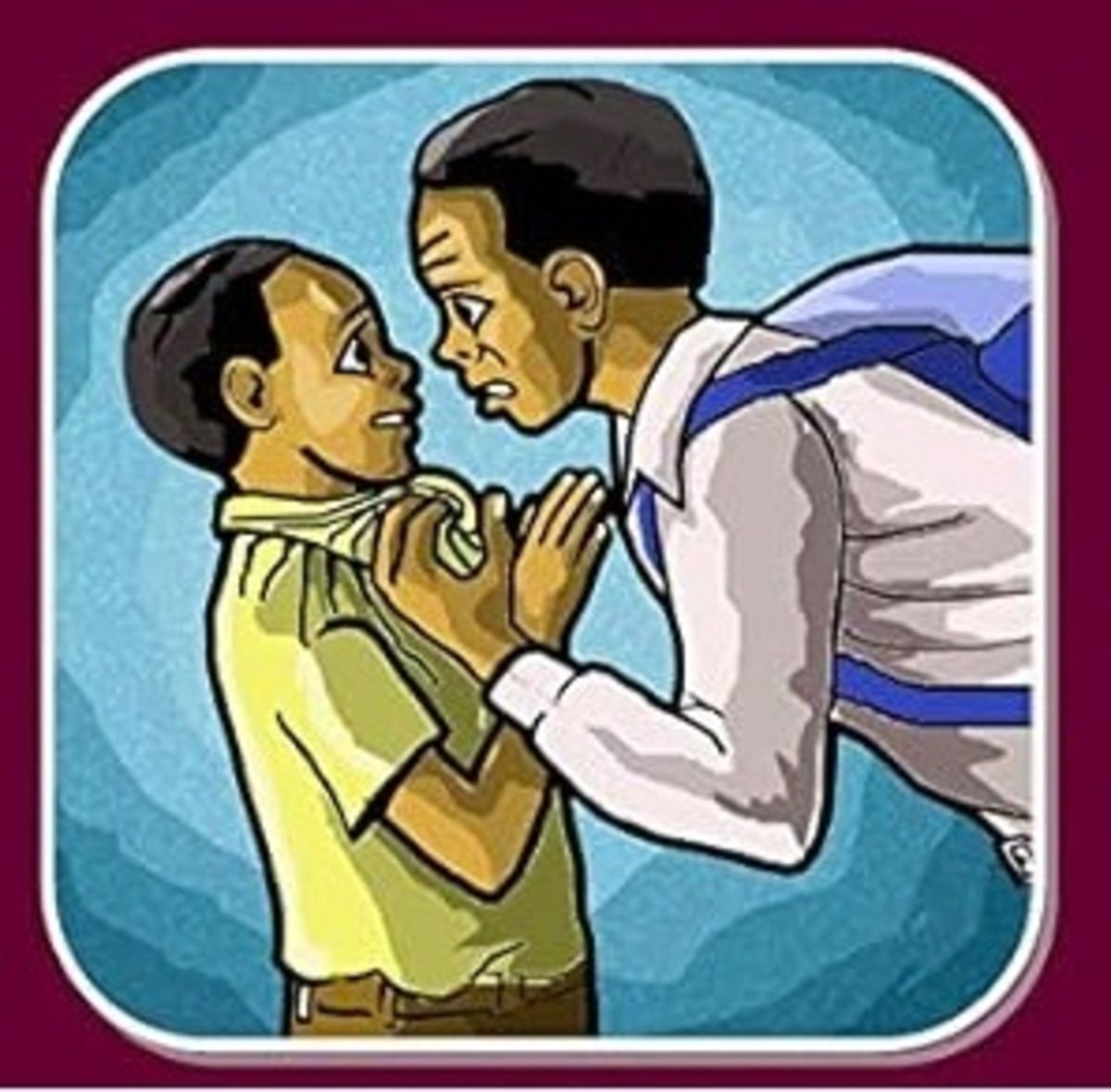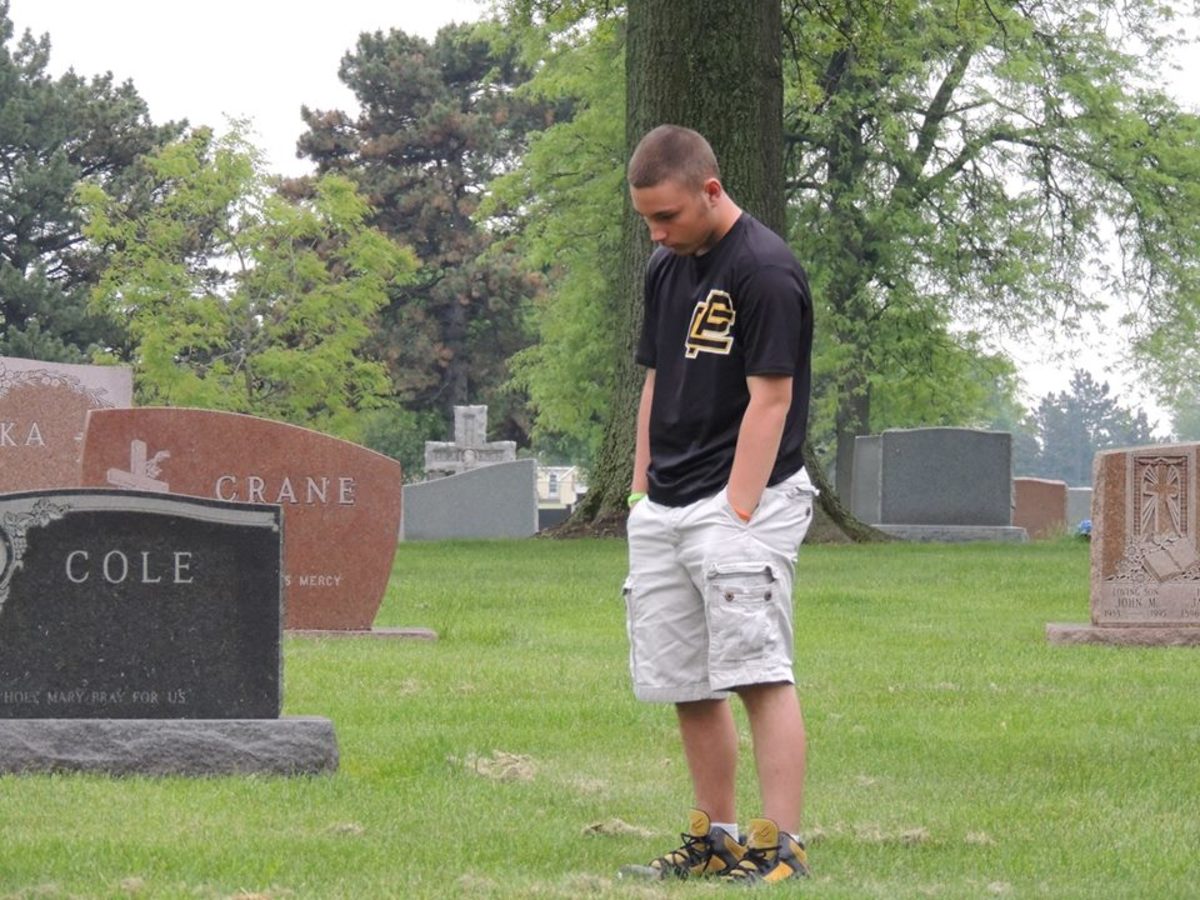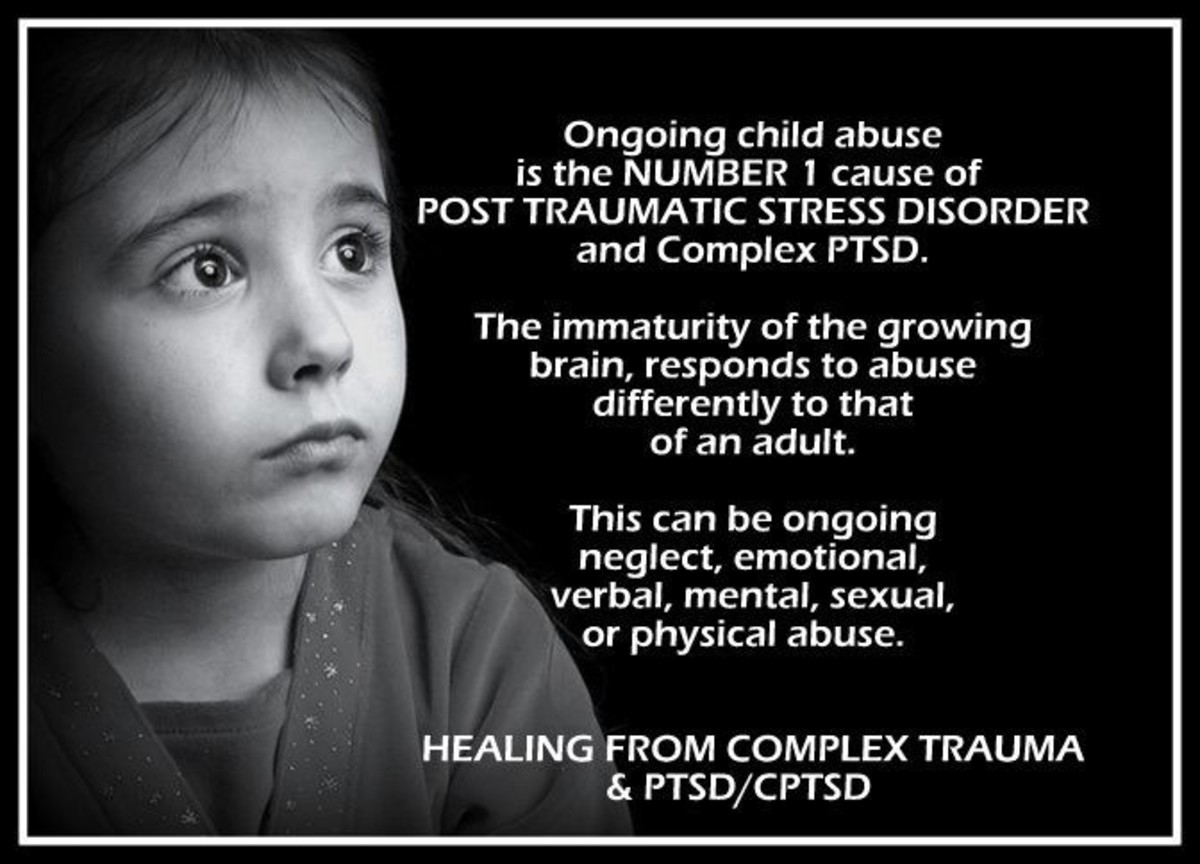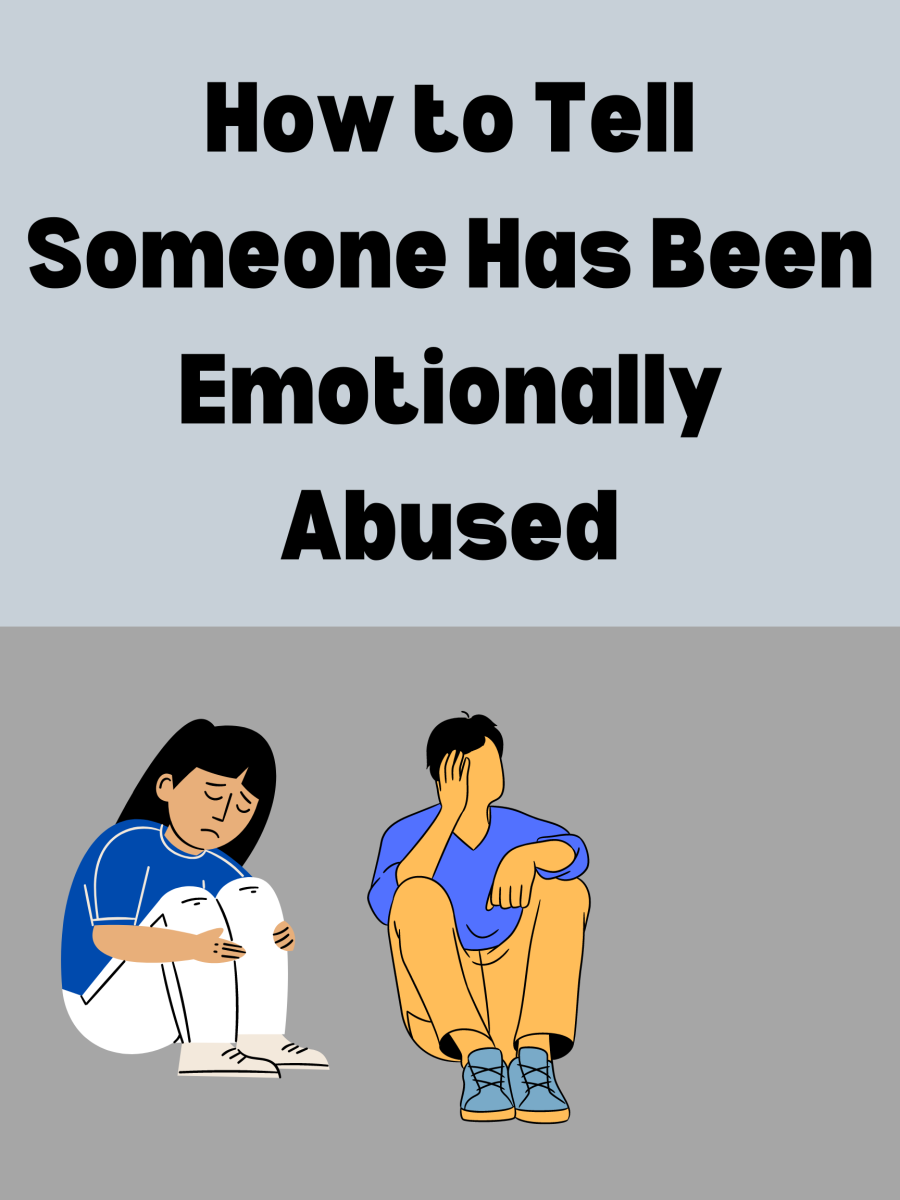Bullying: A Look at the Participants in a Bullying Event

Bullying Defined
Psychologists define bullying as “a form of aggressive behavior in which someone intentionally and repeatedly causes another person injury or discomfort.” The injury can be physical, verbal or emotional, and includes cyber-bullying. As in any other form of assault, the victim typically does not provoke or cause the attack, although there is a small sub-group of victims, known as victim-bullies, who do elicit strong negative reactions from others. Bullying events are not peer conflicts, because of an imbalance of power. Conflict resolution procedures or groups with victims and bullies are not appropriate responses to bullying events.
Participants in a Bullying Event
We usually think of bullying as involving only the victim and the bully, but studies about bullying reveal that there are far more participants in a bullying event. There are those who actively participate with the bully in the bullying behaviors. There are some who support the bully or who like bullying, but do not actively participate in a particular bullying event. There are some who watch a bullying event without participating, but without taking a stand against it either. Some dislike bullying and want to stop it, but don't. Finally, there are some who dislike bullying and who do make an effort to stop the bullying or help the victim. Bullying interventions can be aimed at letting "innocent bystanders" recognize that their passive participation in the events enable bullying to continue, and that taking appropriate action can help foster an environment that does not allow bullying to flourish.
Research Findings
• Victim-bullies, a small sub-group of victims, engage in bullying as both victims and bullies, more often than their peers.
• Boys clearly bully others more than girls.
• 50% of girls report being bullied by boys
• While bullying is a greater problem with boys, it is a problem with girls as well.
• Boys tend to be more physical and overt.
• Girls typically use more subtle forms of bullying
• Covert bullying can be as harmful and distressing as more direct and open attacks.
• Bullying by girls typically involves exclusion, shunning, spreading rumors, manipulating friendships, and ridicule.
• Girl bullying can also include physical forms of bullying.
• Verbal bullying is the most common type of bullying by both boys and girls.
• Girls are more likely than boys to use social exclusion.
• Witnesses to bullying are as harmed, or even more harmed by bullying than the bullies or victims themselves.
• Girls report seeing more bullying than boys.
• Witnessing bullying evokes memories of past bullying, a form of re-experiencing the event.
• Witnessing bullying evokes fears of being bullied (again) in the future.
• Witnessing bullying evokes guilt for not intervening or defending the victim.
Characteristics of Students Likely to be Victims
Cautious, sensitive, quiet, withdrawn, shy
Anxious, insecure, unhappy, low self-esteem
Depressed and engage in suicidal ideation much more often than peers
Often do not have a single good friend and relate better to adults than peers.
(Boys tend to be physically weaker than their peers.)
Characteristics of Students Who Bully
Strong need for domination and control, and to get their own way
Impulsive and easily angered
Defiant and aggressive toward adults, including parents and teachers
Lack of empathy for victims
(Boys tend to be physically stronger than other boys.)
Additional Characteristices of Victim-Bullies
Reading and writing problems
ADHD characteristics (attention deficit-hyperactivity disorder)
Frequently annoys or bothers others
Possible Warning Signs
Torn, damaged or missing clothes, books or other belongings
Unexplained cuts, bruises and scratches
Few or no friends to spend time with
Avoid school or riding the bus.
Avoid walking to and from school, or taking longer routes than needed
Loss of interest in school or a sudden drop in grades
Complains of headaches, stomach aches and other physical ailments
Sad, moody, teary and depressed at home
Trouble sleeping and frequent bad dreams
Loss of appetite
Appears anxious
Low self esteem
What To Do
Talk with your child. Tell them you’re concerned and would like to help. .
Ask some direct questions about bullying
Ask subtle questions about who their friends are, where they sit in school and on the bus.
Talk to the teacher about how your child interacts and behaves at school.
Talk to the guidance counselor and principal if needed for additional information.
If you learn that your child is being bullied, take action
If you don’t suspect your child is being bullied but he or she does show some warning signs, still discuss your concerns with a school counselor, as these may be signs of other serious problems.
Profile of a Bully
In a feature article published by the American Psychological Association, "Bullying: What Parents, Teachers Can Do to Stop It," (2010) bullying expert Susan Swearer, Ph.D expresses a reluctance to “profile” a bully and maintains that, “If the conditions in the environment are supportive of bullying, then almost anyone can bully." She looks at the complex dynamics between bullying and victimization, and has identified that students who are bullied at home by siblings or relatives are more likely to bully at school. She points out that schools, families and communities that do not intervene and stop the bullying, are teaching students that they can get what they want by bullying. This response reinforces bullying behaviors, and allows bullying to progress into adulthood. She considers it critical to intervene during the school years.
Source
American Psychological Association. (2010). Bullying: What parents, teachers can do to stop it. Retrieved from http://www.apa.org/news/press/releases/2010/04/bullying.aspx
Additional Resources
Americal Psychological Association>Topics>Bullying: http://apa.org/topics/bullying/index.aspx
Blue Cheese Breath and Stinky Feet
- Start Reading Online
Gus nudged his friend. "Want to meet someone with blue cheese breath and stinky feet? Hey, Blue Cheese Breath, give me your homework so I can copy it." I looked into Gus's mean green eyes...
For Parents and Kids
- Home | StopBullying.gov
Bullying Information, Resources, and Prevention Tips from the US Department of Health and Human Services. Whether you have been bullied, witnessed bullying, or bullied someone else, come look around, play games, and learn how you can help stop bullyi
- Olweus Bullying Prevention Program: Program Materials
Find out more about Olweus Bullying Prevention Program materials and purchase program materials including the questionnaire, guides and more.
© 2010 Kim Harris









